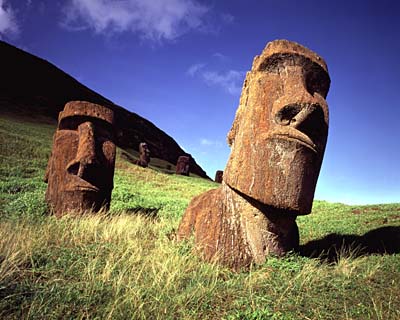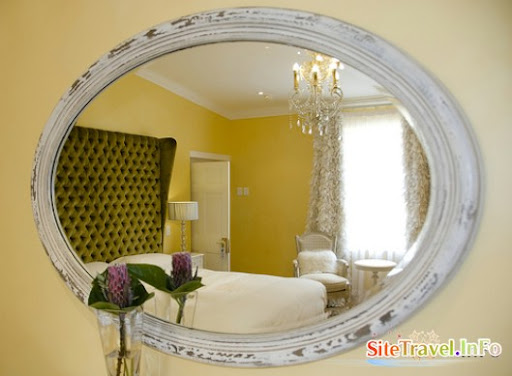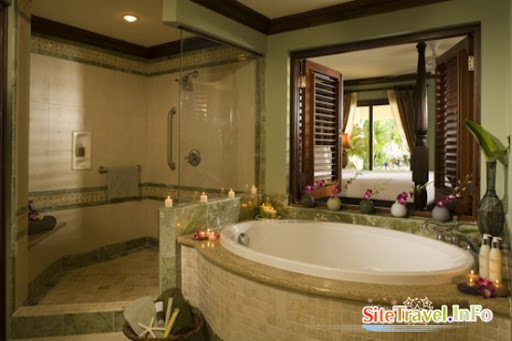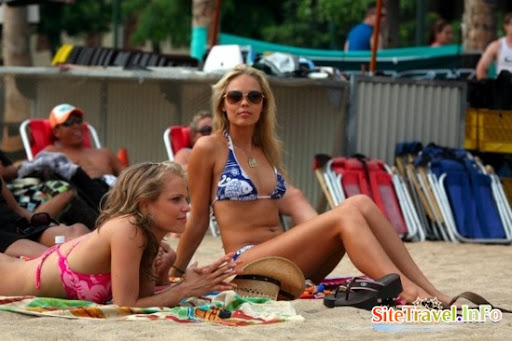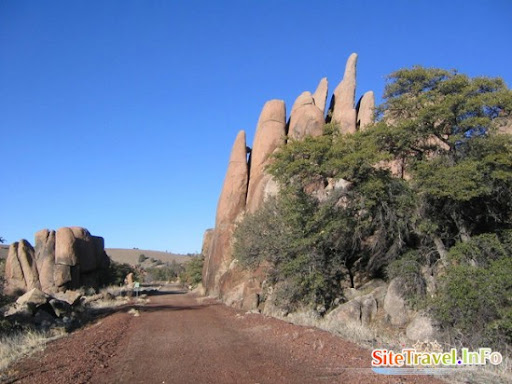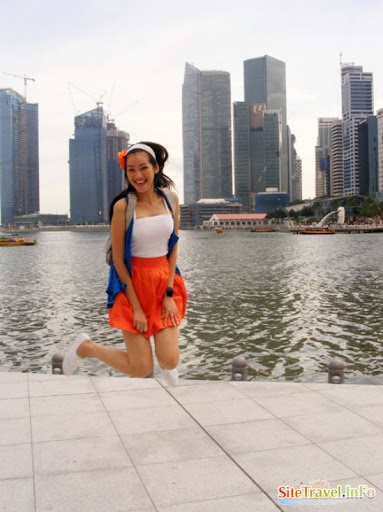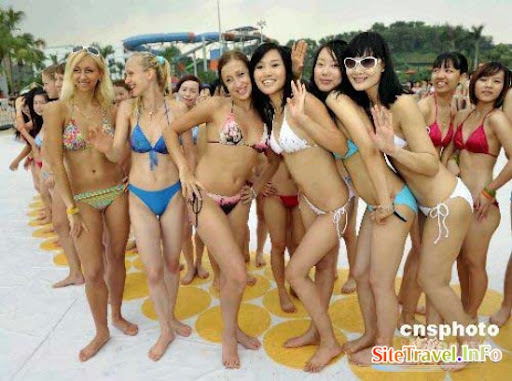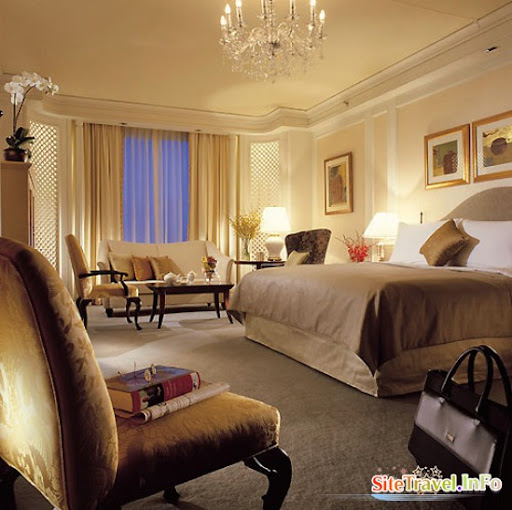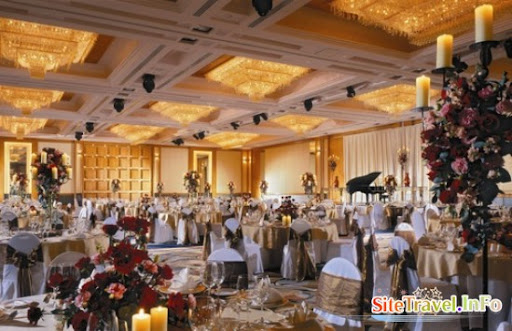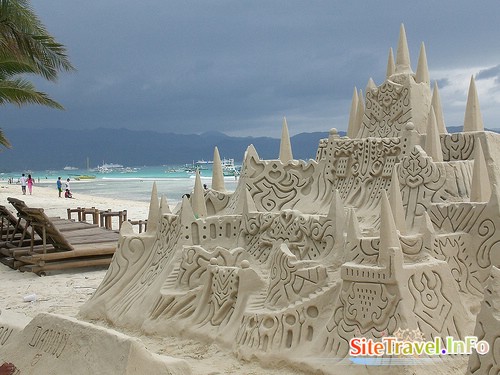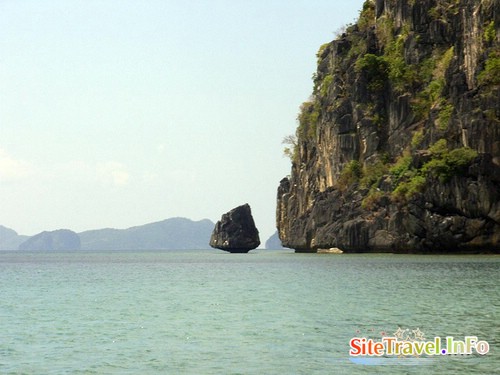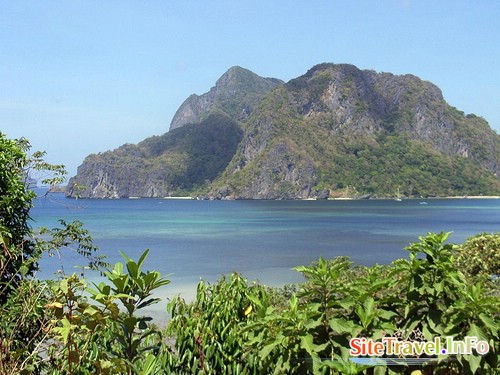One of the most popular archeological sites of the world, and therefore, the most visited attraction in Peru. The Citadel of Machu Picchu (in Quechua [an Andean language] = Old Mountain) is known throughout the world for its amazing ruins and its unusual location on a high mountain overlooking the mighty currents of the Urubamba river.
Even today nobody has been able to solve the mystery how the builders and designers managed to transport the huge blocks of limestone to the top of the mountain required for the construction of the city.
Probably built during the 15th century in a very difficult location, it is the greatest achievement of the Incas architects due to the intelligence and dare demonstrated by their design. It has an extent of 13 sq/km and its main functions were military and religious. It used to be surrounded by an outer wall with a height of 6.00 m. and a width of 1.80 m. and it is estimated that it was inhabited by 10000 people. Built of limestone (the outer and inner walls), wood (doors and frames), and ceilings made of straw.
Machu Picchu is located 2300 meters above sea level (7546 ft.), at 112 km. (70 miles) from Cusco, in the valley of Urubamba in the lowest part of the Sacred Valley of the Incas in a area of direct access to the upper jungle. Without doubt, Machu Picchu was part of a very big complex of fortresses which defended the Andean lands in Sacred valley of any assault from indian people out of the Jungle.
Having Huayna Picchu as a background they divided Machu Picchu in four sectors. Northwest is located the area that was probably used for the main religious purposes, that includes a Plaza named by Hiram Bingham as "Sacred Plaza", also the temple of the "Three Windows", "The Sacred Temple", the "Priests Mansion", and the "Intihuatana" that is a large block of limestone used during Inca ceremonies.
The "Intihuatana" (in Quechua = place where the sun is bonded) is a solar observatory that allowed the Incas to keep track of the seasons of the year and the flow of time based on the shadows caused by the sun over the stone.
The largest residences are located on the northeast of the complex. The most luxurious residences and also a watch tower are located on the southwest of the complex and therefore it is assumed that this part of the Citadel was probably the heart of all the urban activities. To the southeast of the complex are located the smallest and most humble of the buildings built around very narrow streets, close to numerous terraces constructed for agricultural purposes as denoted by the existence of a very complex aqueduct system in this area. In the lowest part of the terraces is a cementery, where during a search were discovered 135 skeletons and 109 of them were identified as females. This fact has allowed historians and archeologists to believe that Machu Picchu's inhabitants were mostly females that could have been the chosen ones of the Inca, fleeing from Cusco when it was overrun by the Conquerors of Spain and seeking refuge in Machu Picchu that, by the way, was never discovered by the Spaniards.
The minimum recommended time to visit Machu Picchu is one day. But if possible, allot two days. The weather is always changing in Aguas Calientes and it is well worth the extra time to experience a pristine, sunny Machu Pichu. After traveling thousands of miles, and paying hundreds of dollars, do not gamble on only one day in one of the greatest cultural heritage sites in Peru. There are several treks around Machu Pichu, such as Winay Wayna, that must not be missed. Winay Wayna is roughly a 50 minute hike (one way), not for the faint of heart. Bring water, and your camera and get ready for some of the most breathtaking views of Machu Pichu and the surrounding area available. Do not miss Winay Wayna! Another great side trip is Huayna Picchu. The Inca Trail trek is also worth while for those in need of a little more adventure and with more time on their hands. Information on this trek is avaliable at anyone of the numerous "travel agencies" in the Plaza Del Armas in Cuzco.
An alternative to the fully booked Inca Trail trek is the beautiful 5 day Salkantay trek featuring less Inca ruins on the way to Machu Picchu, but superb mountain views.





